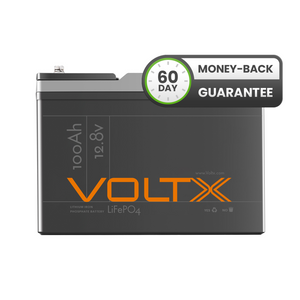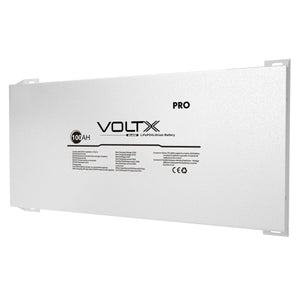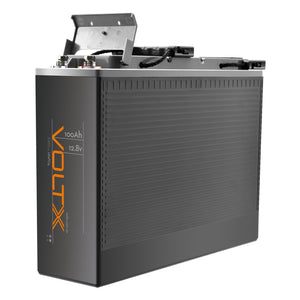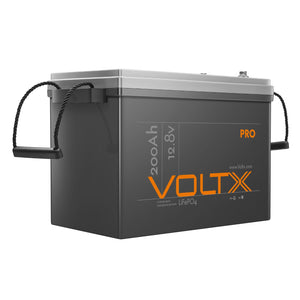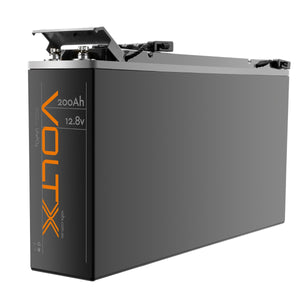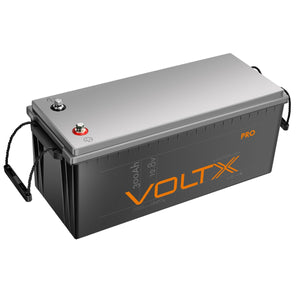If you're new to caravanning, then caravan electrics and the differences between 12volt and 240-volt systems, may initially cause confusion. Caravan and RV electrics are definitely a lot more complicated than they used to be. If you buy a new caravan, camper trailer, or RV, most of the electrics will be taken care of. Cabling will be securely run through the walls or the roof, and the electrics will be safely installed to meet Australian regulations and to withstand continual movement and vibrations.
If you want to retrofit a caravan or camper trailer electrical system or upgrade with a new solar system so you can venture off-road, it's a good time to get your head around the basics of caravan electrics and 12v battery systems for caravans.
Caravan 240 Volt Systems
When it comes to caravan electrics, there are 240-volt systems and 12-volt systems. 240-volt systems power the big stuff in your caravan and the things that use a lot of energy, including the fridge, TV, hairdryer and kettle, microwave and air conditioner. Air conditioning, for example, uses about 60 amps per hour, compared with 0.5 amps per hour for laptops, lights or a water pump. The 240-volt system is also known as mains power. When you stay at a caravan park and you plug in at a powered site, you are using 240-volt mains power.
All 240 volt electrical work is covered by Australian regulations and can only be worked on by a qualified and certified electrician. This is not the work for DIYers.
Caravan 12 Volt Systems
12 volt systems are powered from an onboard battery, and provide power for the water pump, as well as strip lighting and a toilet pump. The twelve-volt system runs everything that uses low wattage. 12 volt systems allow you to keep your lights on and still use your water pump if there is a loss of mains power - as long as your battery is charged.
Batteries
At the centre of the 12-volt system is a battery, which provides power. Batteries can be charged via an Anderson plug connected to mains electricity, via a multi-stage charger or via solar panels. The most common battery is a 12 volt deep cycle battery. A deep cycle battery is sufficient for the traveller who stays in caravan parks most of the time and uses a powered site. An AGM battery charges more easily and will last a little longer than a standard deep-cycle battery. It does cost a bit more than a deep-cycle battery. Standard Deep cycle batteries for caravan and camping are designed to discharge a consistent amount of energy for longer, unlike a typical car battery which delivers high energy or shorter bursts.
Another option is a lithium-ion battery. These batteries are considerably more expensive, much lighter in weight, and they provide more consistent voltage for 90 per cent of discharge. For maximum performance, it is important to use the correct charger, if you are using a lithium-ion battery.
Battery Performance
If you're spending more time travelling off the beaten track, then a longer-lasting battery is recommended. To get the best battery performance and ensure you get the longest life, batteries need to be checked regularly and charged properly. You can damage a battery if it is under or overcharged.
Unlike 240-volt systems, which can only be worked on by a qualified electrician, 12-volt systems can be worked on by non-electricians. If you are working on a 12-volt system, make sure to use an electrical cable of the right size. Make sure to check the diameter of the conductor (excluding the insulation around the cable) to make sure it is the right size for your 12v battery systems for caravan.
